8 Key Elements of a Strong Digital Brand Strategy
Essential Elements to Enhance your Brand’s Digital Presence.
Every business wants to be the next Apple or Tesla. These brands have ingrained themselves into every person's mind and hearts. And they did it through building a strong brand presence online and offline.
A robust digital brand strategy not only enhances visibility but also establishes credibility, fosters customer loyalty, and drives business growth.
But what exactly makes a digital brand strategy effective? Here are eight key elements that can help you create a powerful digital marketing strategy.
1. Clear Brand Identity
The foundation of any strong online brand building is a clear and consistent brand identity. This includes:
- Your brand's name
- Logo
- Color scheme
- Typography
- Overall visual style
- The tone and voice of your brand messaging
Your brand identity should reflect the core values and mission of your business, making it instantly recognizable to your audience across all digital platforms.
2. Understanding Your Target Audience
A strong digital brand strategy is built on a deep understanding of your target audience. You need to:
- Know who your customers are
- What they value
- How they interact with digital content
This allows you to tailor your messaging and marketing efforts to meet their needs and preferences.
Conduct thorough market research to identify your audience's demographics, behaviors, and pain points. Use this information to create buyer personas - detailed profiles of your ideal customers.
These personas will guide your content creation, social media strategies, and advertising campaigns, ensuring your brand message resonates with the right people.
3. Compelling Content Strategy
High-quality, relevant content not only attracts and engages your audience but also establishes your brand as an authority in your industry. Your content strategy should include a mix of different content types, such as:
- Blog posts
- Videos
- Infographics
- Podcasts
- Social media updates
You can use this content to reach your audience across various channels.
To create compelling content, focus on delivering value to your audience. Address their needs, answer their questions, and provide solutions to their problems. Additionally, ensure your content is optimized for search engines (SEO) to increase your visibility and drive organic traffic to your website.
4. Consistent Social Media Presence
A consistent and strategic social media presence allows you to engage with your audience, share your brand story, and promote your products or services. Each social media platform has its own unique features and audience, so it's important to tailor your content to fit the platform you're using.
Create a social media content calendar to plan and schedule your posts, making sure your messaging is consistent and aligned with your overall brand strategy.
Engage with your followers by responding to comments, participating in conversations, and sharing user-generated content. Consistency in posting and interaction will help you build a loyal community around your brand.
5. User Experience (UX) and Website Design
Your website is often the first point of contact between your brand and potential customers. A well-designed website that offers a seamless user experience is crucial for establishing credibility and encouraging conversions. Your website should be visually appealing, easy to navigate, and optimized for both desktop and mobile devices.
Key elements of good UX design include:
- Fast loading times
- Intuitive navigation
- Clear calls to action
- Responsive design that adapts to different screen sizes
Additionally, make sure your website content is easy to read and provides the information your visitors are looking for. A positive user experience will keep visitors on your site longer and increase the likelihood of them becoming customers.
6. Strategic SEO and SEM
Search Engine Optimization (SEO) and Search Engine Marketing (SEM) are essential components of a strong digital brand strategy.
SEO involves optimizing your website and content to rank higher in organic search engine results, making it easier for potential customers to find you online. SEM, on the other hand, involves paid advertising strategies like Google Ads to increase your visibility in search engine results.
A successful SEO strategy includes keyword research, on-page optimization, link building, and content creation that aligns with search engine algorithms. SEM campaigns should be carefully targeted and monitored to ensure you're getting the best return on your investment.
Together, SEO and SEM can significantly boost your brand's online presence and drive more traffic to your website.
7. Data-Driven Decision Making
In the digital world, data is king. The ability to track, analyze, and interpret data is crucial for making informed decisions and optimizing your digital brand strategy.
Use tools like Google Analytics, social media insights, and customer feedback to gather data on your audience's behavior, preferences, and interactions with your brand.
Data-driven decision making allows you to identify what's working and what's not in your strategy, so you can make adjustments in real-time. For example, if you notice a particular type of content is performing well, you can create more of it to keep your audience engaged.
Conversely, if a campaign isn't delivering the desired results, data can help you pinpoint the issue and refine your approach.
8. Building and Maintaining Trust
Trust is the cornerstone of any successful brand. In the digital space, where consumers have countless options at their fingertips, building and maintaining trust is essential for standing out from the competition.
This involves being transparent, delivering on your promises, and consistently providing high-quality products or services.
One way to build trust is through social proof, such as customer reviews, testimonials, and case studies. Positive feedback from satisfied customers can significantly influence potential buyers and reinforce your brand's credibility.
Additionally, prioritize customer service by responding to inquiries promptly and addressing any issues or concerns professionally.
Build a Robust Digital Brand Strategy With Our Help
Our digital brand strategy tips above can help get you started on the path to a brilliant online presence. Need a bit more help toward your goals? Bolt Marketing offers full-suite marketing services that will transform your marketing and grow your business.
We will take the burden of digital marketing from your shoulders so you can focus on the core of your business: building profits. Work with our team and see how fast your business can start gaining ground in the hearts of your customers.













